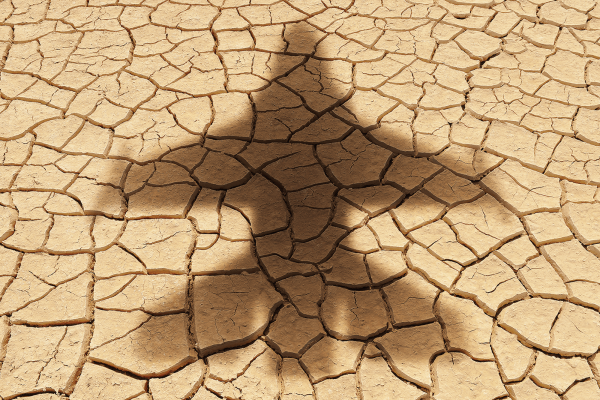LOOKING AT IMAGES of bombed-out apartment blocks and plumes of black smoke rising across Ukraine, my thoughts turned to the land. While humans flee and seek shelter underground, the birches and oaks will go on standing in place, unfurling springtime leaves and hiding black grouse in their branches. Grasses will peep out their heads and earthworms will get to tunneling, some to be trampled by marching army boots and tanks.
Human wartime activities will belch out unthinkable amounts of polluting emissions, tipping the already-sliding climate scale further toward disaster. Bombs will destabilize industrial areas full of toxic waste, threatening air and water supplies. And still, the geese will return north and hiss over their fuzzy goslings. Saplings will reach for the sky and replace carbon dioxide with breathable oxygen. The Earth will go on living. And weeping.
Read the Full Article

